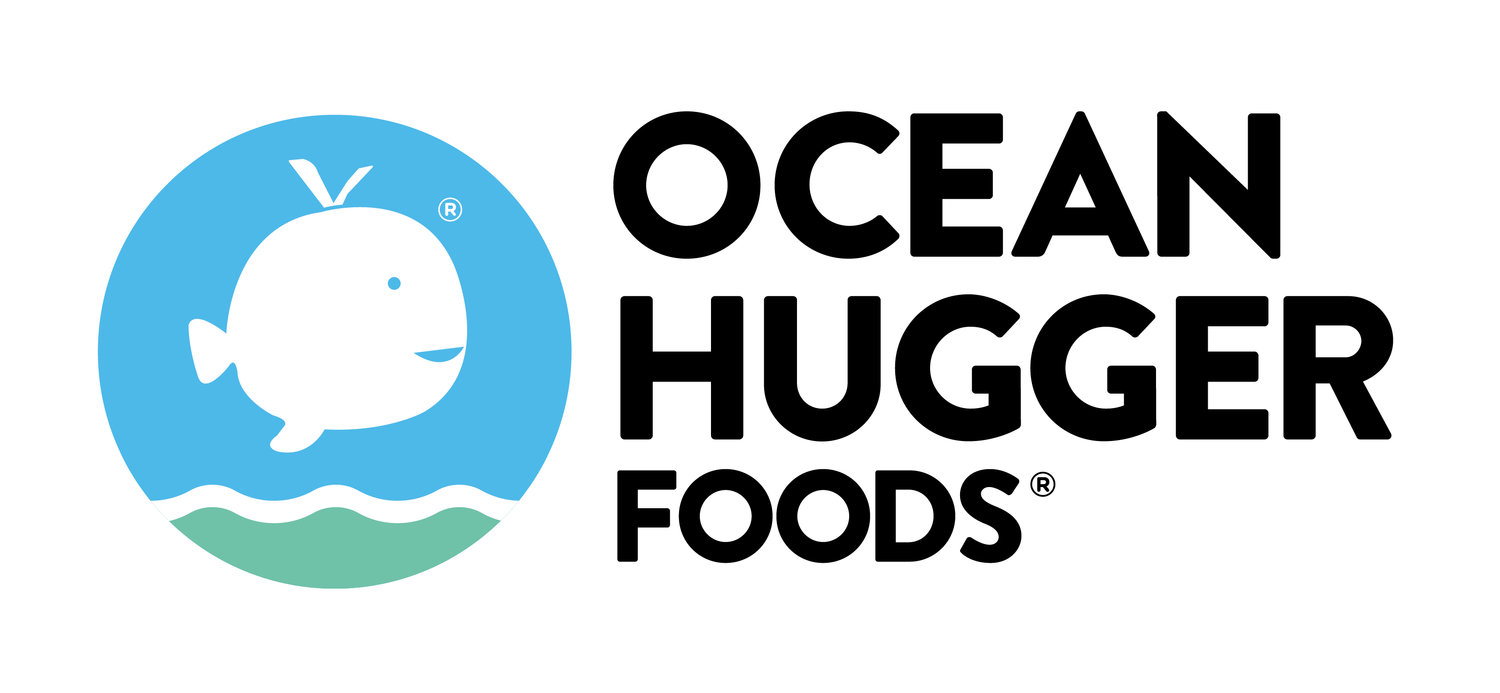This is part 1 of a 3-part series. Part 1 is an overview of the restaurant industry and the current COVID-19 crisis. Part 2 offers ways that anyone can help from home. Part 3 provides resources for those in the industry.
The topic of this article is poignant to us here at Ocean Hugger, as we have seen firsthand the damage that this pandemic is inflicting on our restaurant partners. We are committed to supporting our restaurant partners by spreading awareness of and resources on this topic. We are all in this together.
This is a living article, and we will continue to update it as we gain new information & resources.
PART 1: RESTAURANT INDUSTRY OVERVIEW
The restaurant industry is like an intricate tapestry that is both culturally rich and uniquely multicultural. It’s an industry built on comfort and company, one that creates havens for us to gather, eat, converse, celebrate, and commiserate.
The industry is special not only for what it offers its patrons, but even more so for what it offers its people. Careers in the restaurant industry are numerous and often long-lasting:
The industry accounts for 15.6 million jobs in the US alone, comprising 10% percent of the entire workforce (Source, source).
The majority of those in industry careers have worked their way up from entry level positions: 9 in 10 restaurant managers started their industry careers in entry-level positions, as did 8 in 10 restaurant owners.
Between 2010 and 2019, the number of middle-class jobs ($45K-$75K) in the restaurant industry grew 84% - more than 3 times faster than in the overall economy. (Source).
The restaurant industry also fosters diversity:
Restaurants employ more minority managers than any other industry, with 4 in 10 restaurant managers and supervisors representing minorities, as well as 6 in 10 chefs. (Source).
The National Restaurant Association says, “Between 2007 and 2012, the number of Hispanic-owned restaurant businesses increased 51%, African American-owned restaurant businesses increased 49%, and the number of Asian-owned restaurants rose 18%.”
The restaurant industry is a true melting pot. And at its heart, it is still an industry based on a small business model. More than two-thirds of restaurants are still single unit operations. These establishments represent something so unique and so inimitable on a large scale that even given the fast food chains that speckle the US map, the independents are still the heart and majority of the industry.
The Current Crisis
Coronavirus (COVID-19) has changed things as quickly as it has drastically for the restaurant industry and its people. The National Restaurant Association (via CNBC) estimates that the restaurant industry will suffer from $225 billion in losses over the next three months, and between 5 and 7 million lost jobs (Source.)
Disasters aside, the life of a restaurant worker is already a vulnerable one. Over 2.45 million restaurant workers live below the poverty line, and only 14% have employer-sponsored health benefits (Source.)
So when something like the COVID-19 crisis strikes, it represents a true catastrophe for this population. Many of these workers simply don’t have any safety net in place. And, of course, just because paychecks have stopped abruptly doesn’t change that rent and bills are due and, in many cases, that their families are depending on them.
…
At a more macro level, how serious is the situation for the restaurant industry as a whole? By all accounts, it is dire.
“The consensus is that for the food service industry, Covid-19 will be worse than the 2007 financial crisis.”
Mark Barak, CEO of New York’s La Pecora Bianca, says that the current crisis, “...entails a massive disruption in demand and supply across almost all industries. It represents an economy freeze, not a credit freeze. The only way to deal with this and avoid devastating long-term consequences is comprehensive and aggressive government intervention.” (Source.) There’s no doubt that government aid is the most pressing answer, given the breadth and depth of the catastrophe. Many argue that government relief similar to that offered to the financial industry post-2007 financial crisis should be extended now to the restaurant industry.
And economically, nothing happens in isolation. The devastating effects of the virus are borne not only by these restaurants, but by their entire supply chains - farmers, beverage suppliers, delivery people, distributors, florists, linen suppliers, launderers, and the many other small businesses that go into supporting a single restaurant. These effects ripple widely and quickly.
The Path Forward
“Things will never be the same. But they might be even better. Someday.
Don’t withdraw. Don’t succumb.
Codify. Strategize. Believe that this evolution forced upon us by mother nature is a chance to be better chefs, restaurateurs, and humans. In our collective powerlessness, there is a great power inside each of us to shed a cocoon.
To transform. To improve.”
Tom Colicchio, celebrity chef and founder of Gramercy Tavern in New York City, has said of the situation, “This is the end of the restaurant business as we know it” (source.) What if that’s true?
The future is deeply uncertain, with each day bringing so many new developments. But we can’t focus too heavily on the many troubling factors that are out of our control. We must, instead, focus on those within our power.
So let’s do everything we can to help these restaurants and their people, who enrich our lives so deeply. Let’s rally.
We’ll end this piece on a quote from Chef Matt Jennings, which acknowledges the inevitable changes but puts forth a brighter narrative of the future. In part 2 (link when ready) of this post, you’ll find resources and a list of many ways that you can help.

